I have a major problem with the Minecraft – Volume Alpha album, and it’s this: I think this has to be one of the most difficult albums I have ever had the pleasure to review. Don’t get me wrong, it’s a wonderful achievement, but the music is so tied up with my memories of the game, and a general feeling of nostalgia, that it’s hard to separate the music from the game itself. I’ve spent far too much time sitting at my desk, wondering if the music is good because the game is so amazing, or if the music is good in its own right. Each time I listen to a track I remember an amazing moment in the game: That bit when I discovered an abandon mine, the bit when I almost died after discovering a skeleton dungeon . . . and loved it, or the immense pleasure of building my own home. This album evokes very strong emotions that few games manage to master, or even hint at, and it is for this reason that I’ve had such difficulty with the review. However, after much soul searching, I think I’ve managed to separate the game and its music.
So, how do you represent the vast world of Minecraft in music form? The answer, I think, is that you don’t. Technically you could have had an American pioneer style of music, or maybe completely 8-bit, to match the retro art style. But that’s not what German composer Daniel Rosenfeld (AKA C418) has gone for. He has gone, strangely enough, for lullabies. Simple yet beautiful melodies and harmonies that are almost childlike in their simplicity and execution. And it works! I’m not sure why, but somehow his music perfectly complements the game in such a way that without it the game would be seriously disadvantaged. Though the game is mostly music free, I literally couldn’t imagine the game without the soft music drifting in and out as I play.
Okay; so enough with metaphysics already! Let’s get down to the nitty gritty: The music. The first track, “Key,” is a short, heavily distorted piano tune. It’s here you start to get an idea of the techniques used that make the music fit so well with the game. The low volume and heavy use of reverb gives a sense of vast distance, perfect for the infinite world of Minecraft. Track 3, “Subwoofer Lullaby,” is a track used quite often in the game. The beginning is almost march like, bringing to mind the work of mining and building within the game. The track then morphs into a slow, synth laden slew of harmonies that somehow places a vision of a sunset over an infinite horizon, before going back to the beginning melody.
By the way, I’ll be skipping a few tracks here and there so as to give a more concise review, while still catching the essence of the album. Also, expect weirder and totally unrelated track names!
“Living Mice,” track 5, starts out completely quite, slowly increasing in volume, as if coming from a great distance (notice a theme starting here?). The simple, repeated ostinato is joined by a lovely melody a third of the way though the track, counter rhythms and harmonies come in at the half way point, and a harp joins in too. The track climaxes at 2:01 with expansive synth strings and a simple falling piano melody. It’s a wonderful piece of music, simple yet effective, melding electronic and acoustical instruments flawlessly.
“Haggstorm,” track 7, starts with a very simple, yet unusual music box ostinato, building up the harmonic layers with strings, harp, and bass. The climax at 1:25 almost sounds like a pair of bells, which then dies away into a brief piano solo. The track completely changes at 1:50, evoking a sense of echoing distance, again, with reverb and repeated ostinatos. “Minecraft,” track 8, is one of my favorite pieces of music of all time. Again, it starts with a simple, yet slightly unusual music box melody and repeated ostinato coming in from the distance. This theme does not change throughout the entire 4:14 track, only adding sparse strings at 0:58, but is not diminished by the repetitiveness. I think this track is used the most in-game, and I associate it with almost all activities.
Again, “Mice on Venus,” track 11, start out soft and quiet, as if coming to you from a long way off. A very simple sequence of 2 note piano chords come in, eventually fleshing out into a sequence of beautiful chords and melody. At 2:33, the track completely changes in feel to a more up-tempo style. “Dry Hands” and “Wet Hands” are 2 lovely lullaby solo like piano pieces that have an almost rustic feel, using what sounds like an old upright piano rather than a huge Steinway, with good effect.
“Clark,” track 14, somehow reminded me of the SimCiy2000 soundtrack, as they are both similar in style. Both use simple harmonies and melodies, and both try to represent, in music form, games that are almost un-representable. “Sweden,” track 18, is another of my favorite tracks and is another example of the over-arching style of the soundtrack. Again, the use of piano and strings is very prominent, with simple yet effective harmonies and lullaby style melodies. “Cat” and “Dog” are two tracks that I never heard in-game, and may be available when you discover the various records within the game. They are very different in style, consisting entirely of 8-bit style instrumentation, but the essence from the rest of the soundtrack’s style is still present. I love the melody and percussion in “Cat” very much.
“Danny,” Track 21, returns the familiar “coming from a distant” piano style of the other tracks, but with more synths and an almost jarring melody. The track changes, again like so many other tracks, at 1:11 to a familiar style of echoing synths that puts me in mind of the sun setting. The track changes, again, at 2:27 evoking a slight sense of worry and tension. I’m not sure if this sense is due to the music or my memory of the game. You may have noticed that a lot of the tracks here are very similar in style, instrumentation, and presentation. This could have become repetitive in the hands of another composer, but I think it adds to the strength of this album, providing an overall style while keeping each track unique.
So in conclusion, I think Minecraft – Volume Alpha is one of the most stand-out game soundtracks of 21st Century. The music manages to be very listenable in its own right, partly because Daniel Rosenfeld kept it general and avoided being too specific with elements in the game. These tracks drift in and out of the game, almost unrelated to anything that you are doing, coming in from the distant horizon and leaving just as subtly, imprinting lasting impressions on your memory. I have moved most of these tracks into my “Relaxing” playlist, while the rest I listen to when I wish to be inspired. I also listen to the music quite often, a total of 150 times since I bought it, and will probably continue to do so for the foreseeable future. And I think that’s the best testament I can give this soundtrack, the fact that it has integrated so well into my regular listening habits. I cannot give it more praise than that. This is a must buy for any music lover, as Minecraft – Volume Alpha is an example of beautiful, elegant, and strongly emotional composition that transcends the game music genre into something much more. I wonder if Minecraft – Volume Beta will be just as good. Minecraft – Volume Alpha can be purchased on Bandcamp, Amazon, and iTunes.
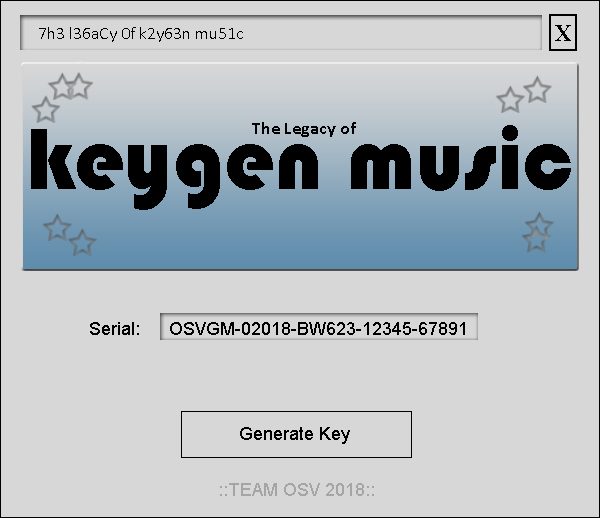
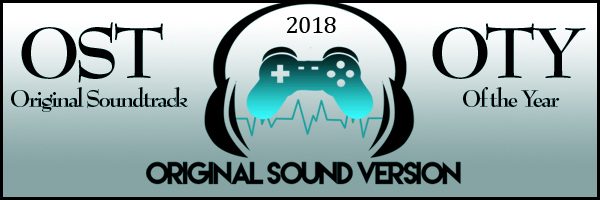
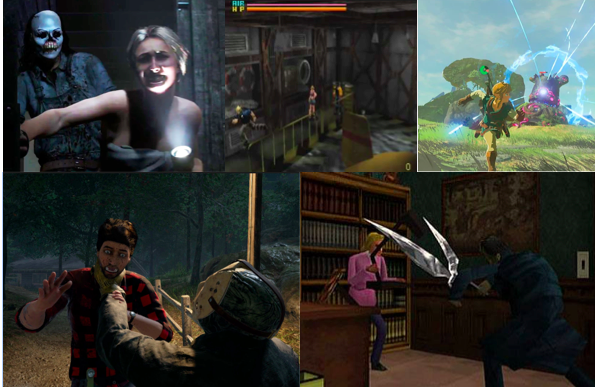
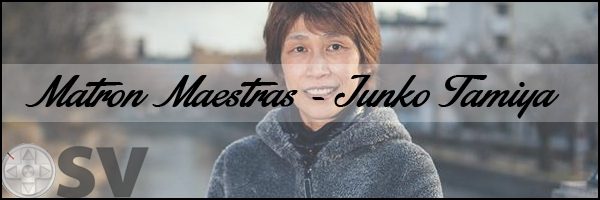

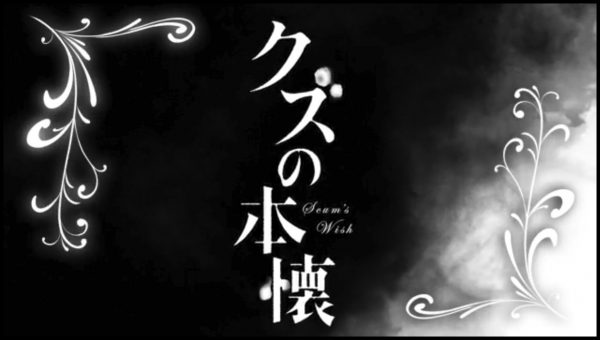


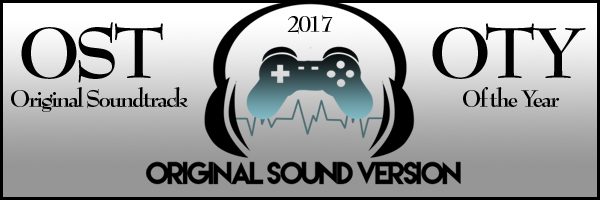
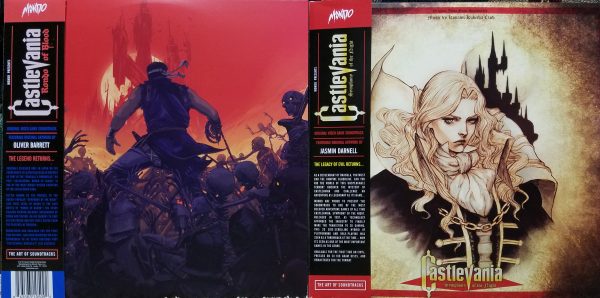
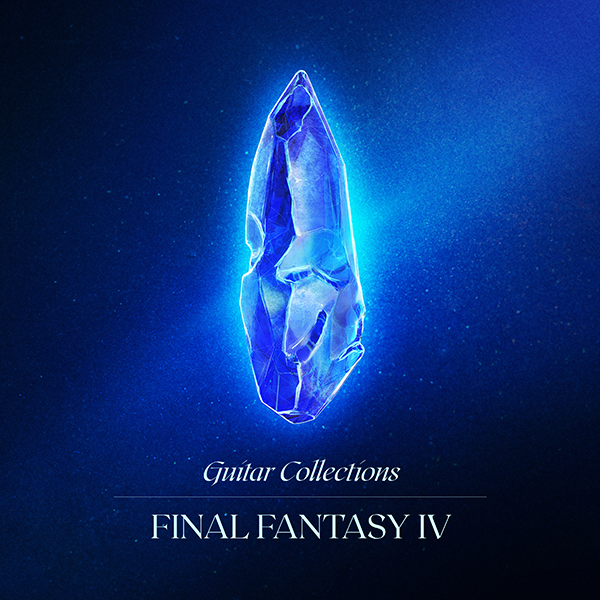
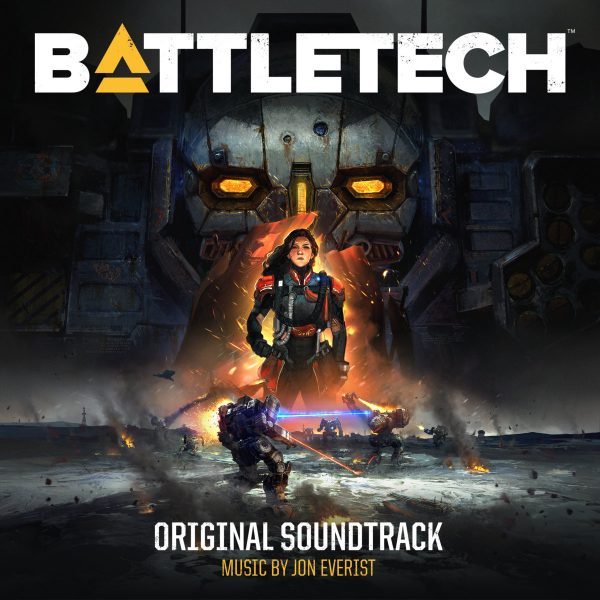
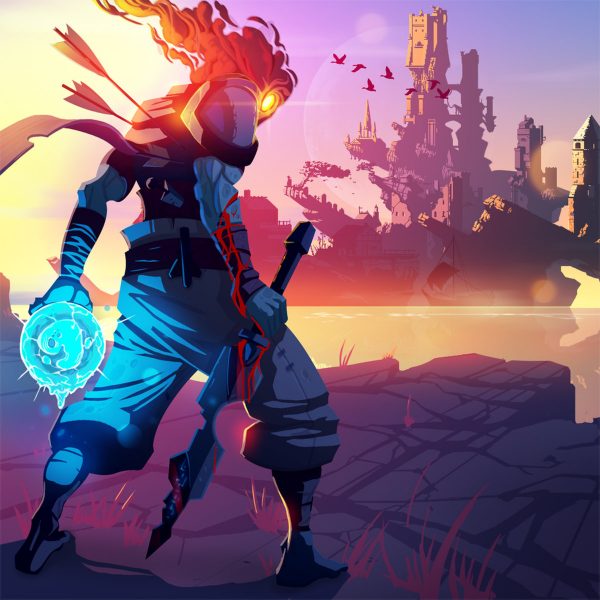
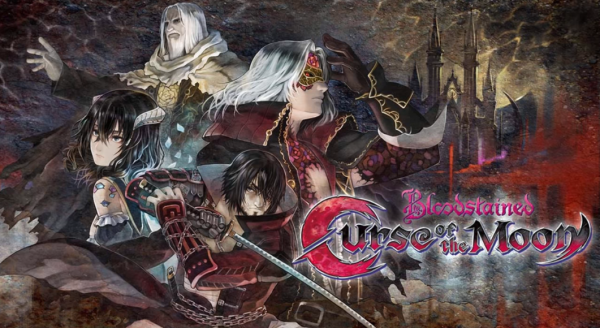
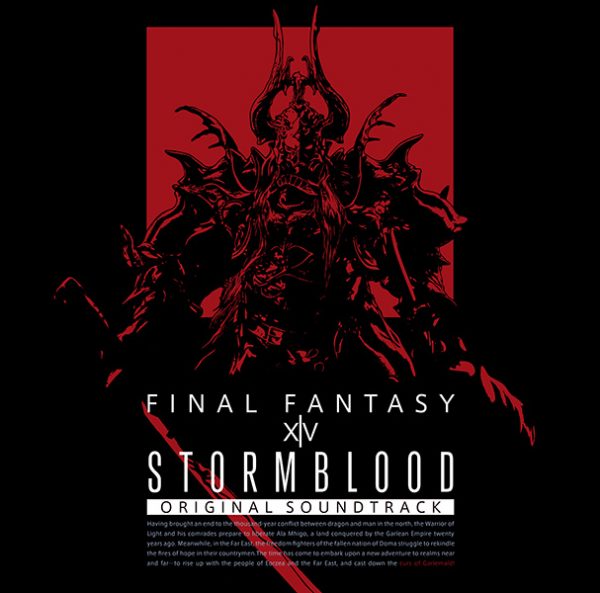
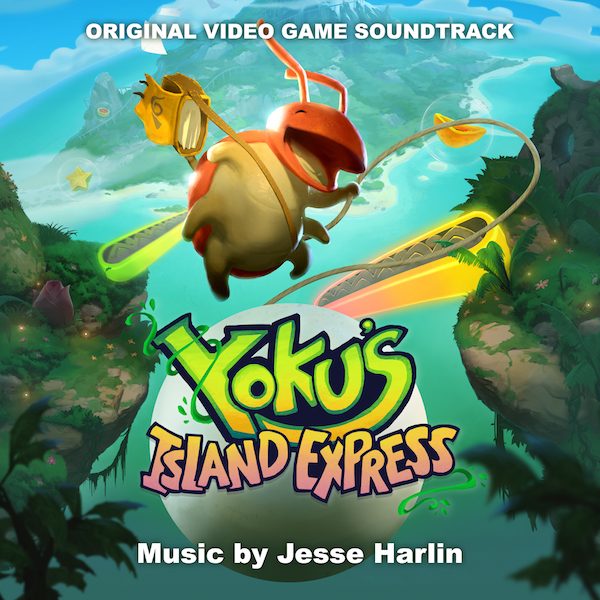
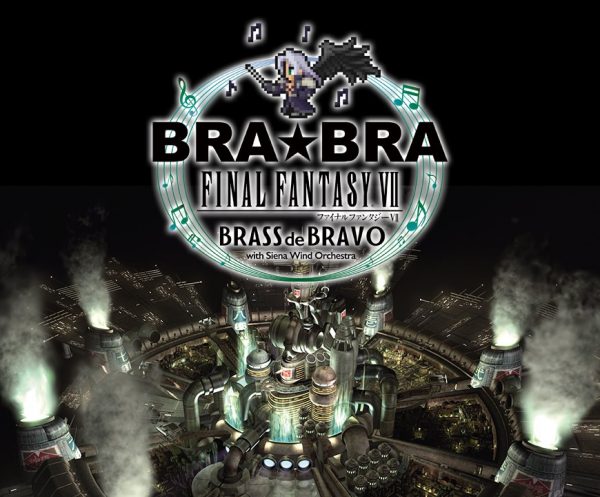
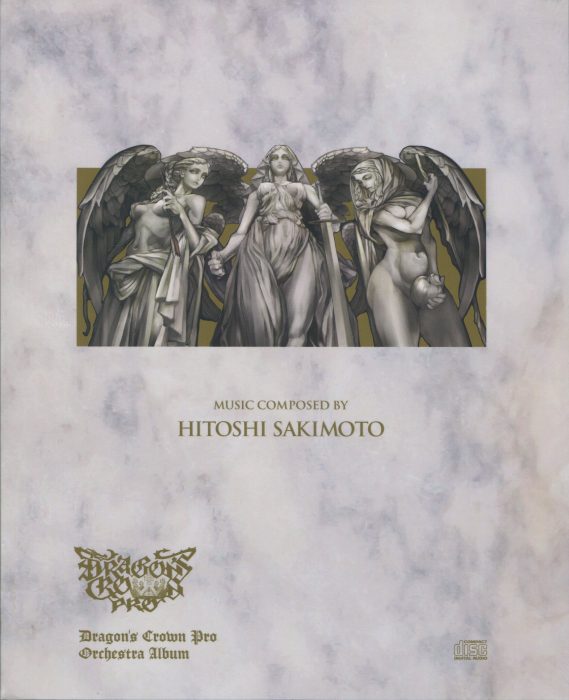
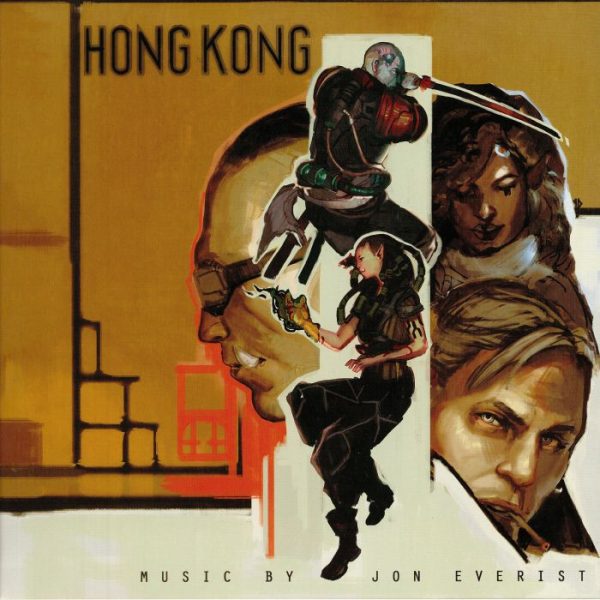
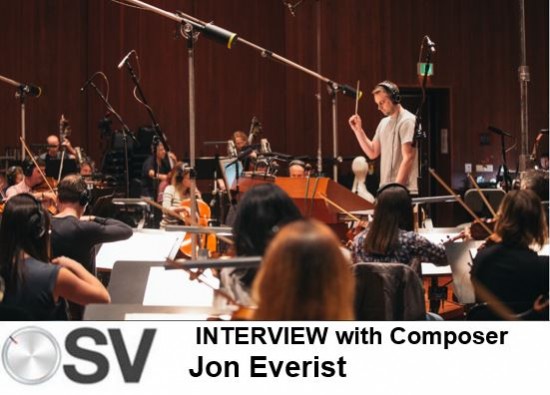
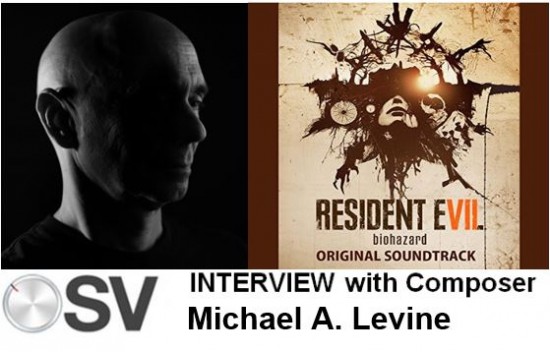
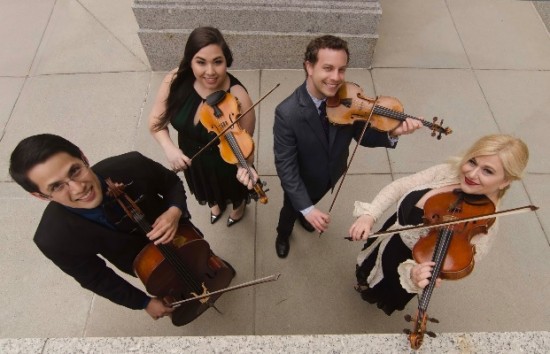
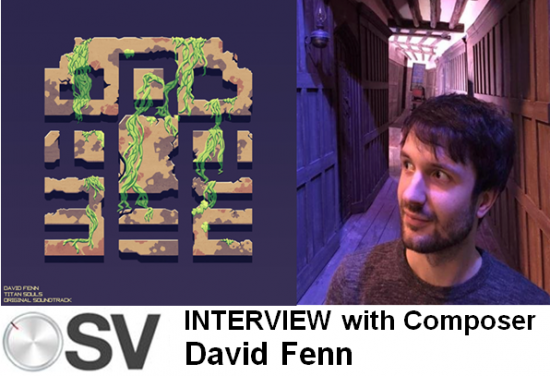
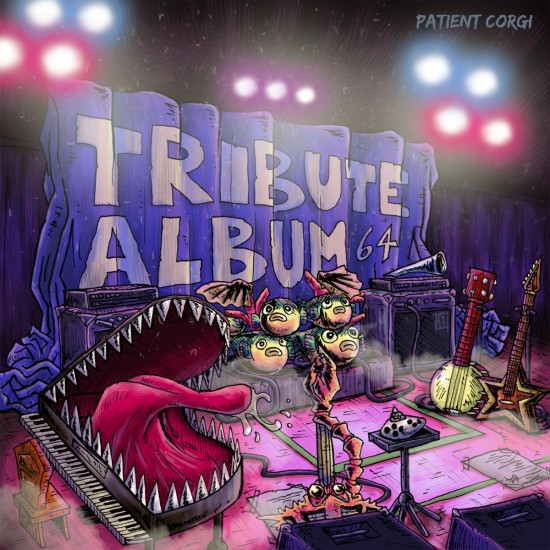

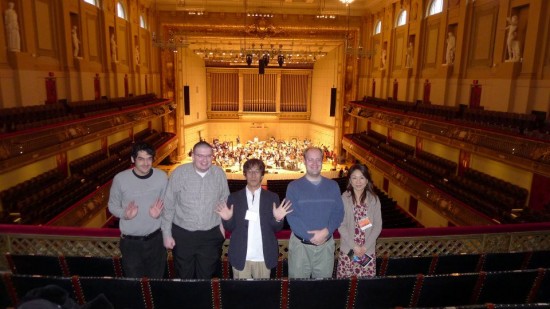
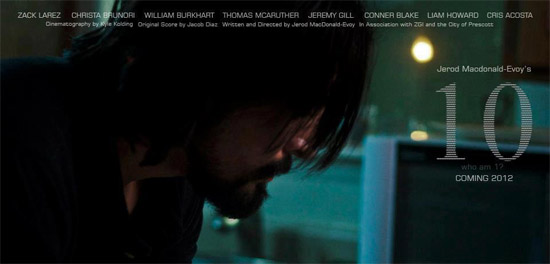
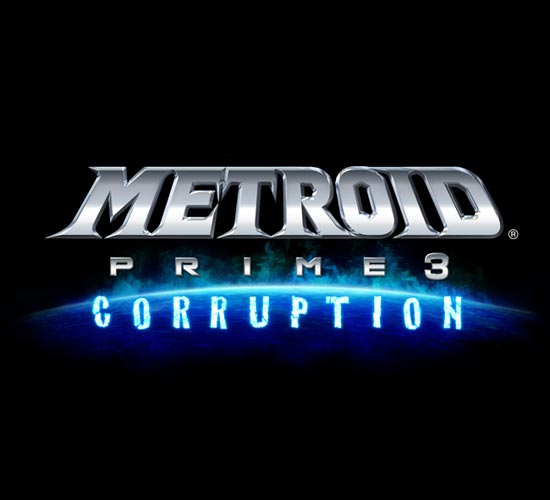


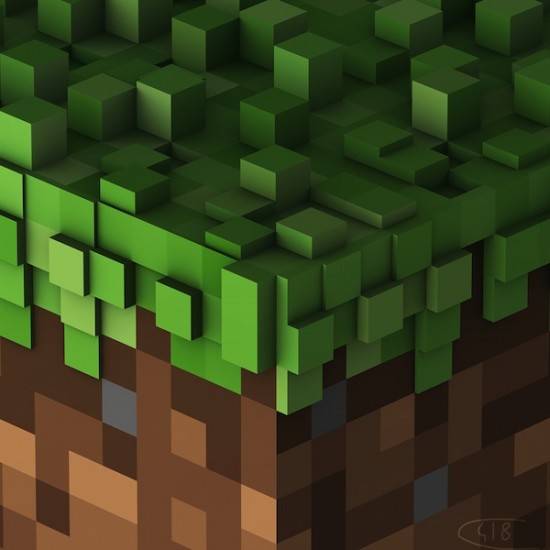

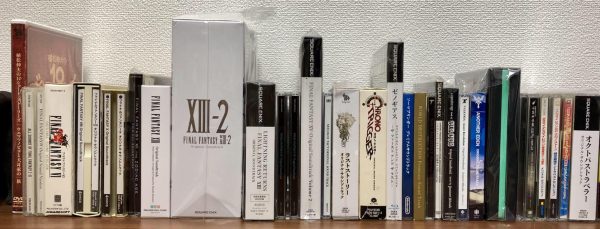
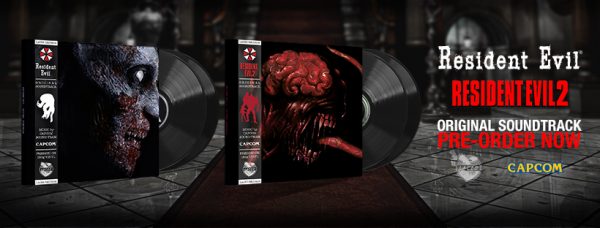
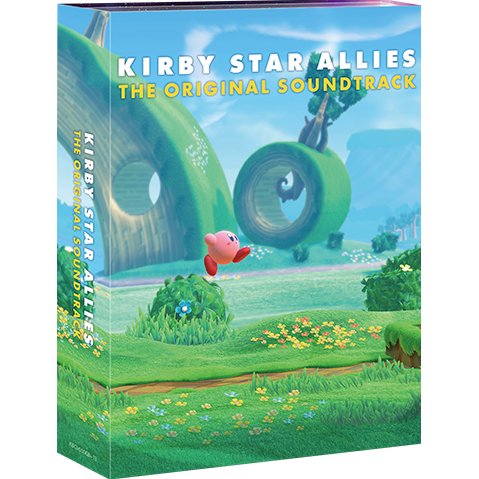
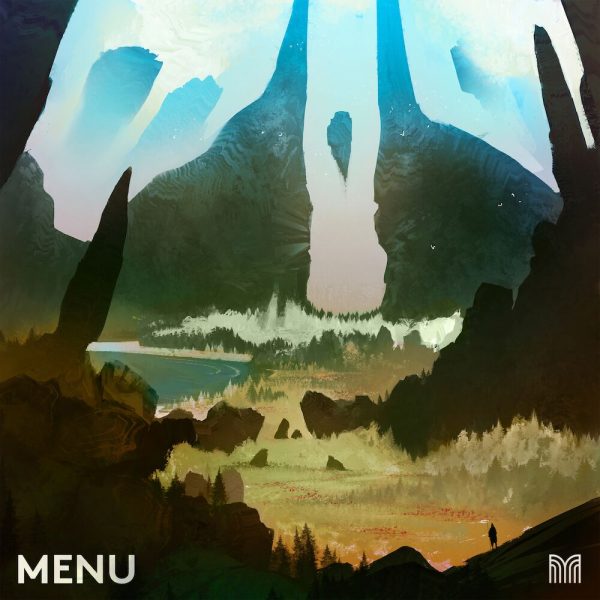
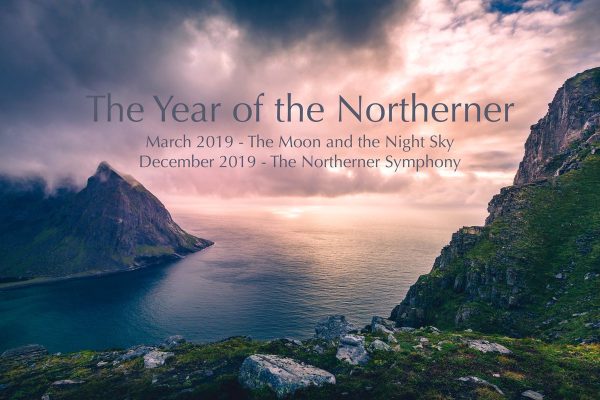
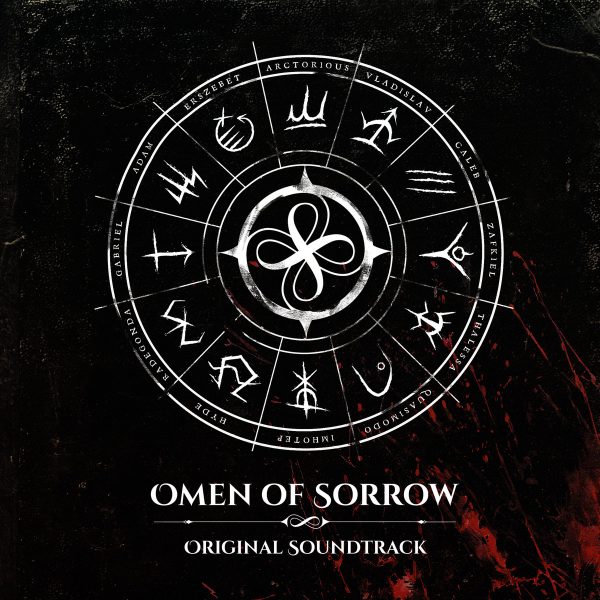
Great review! The album is just all time, and is tied with my old game experience as well. It is eerie how this album is ingrained in me.